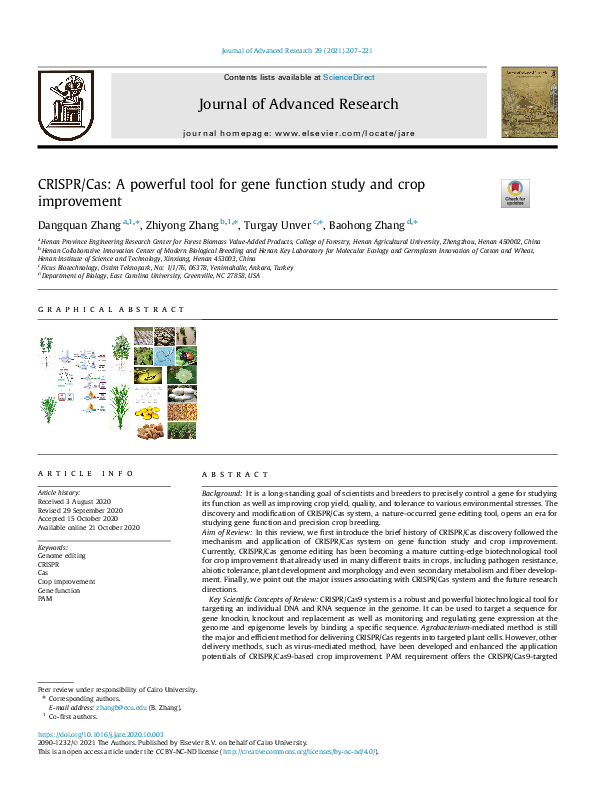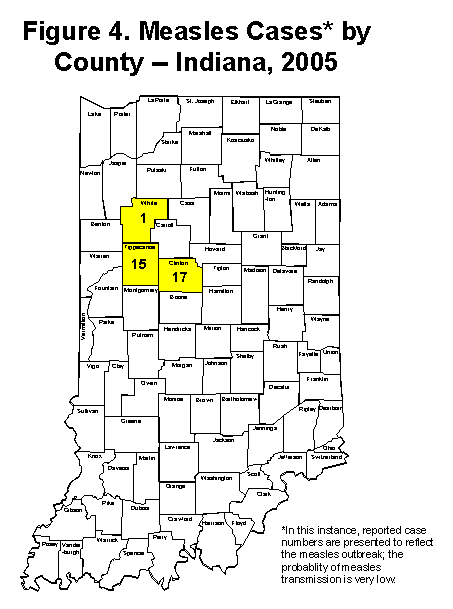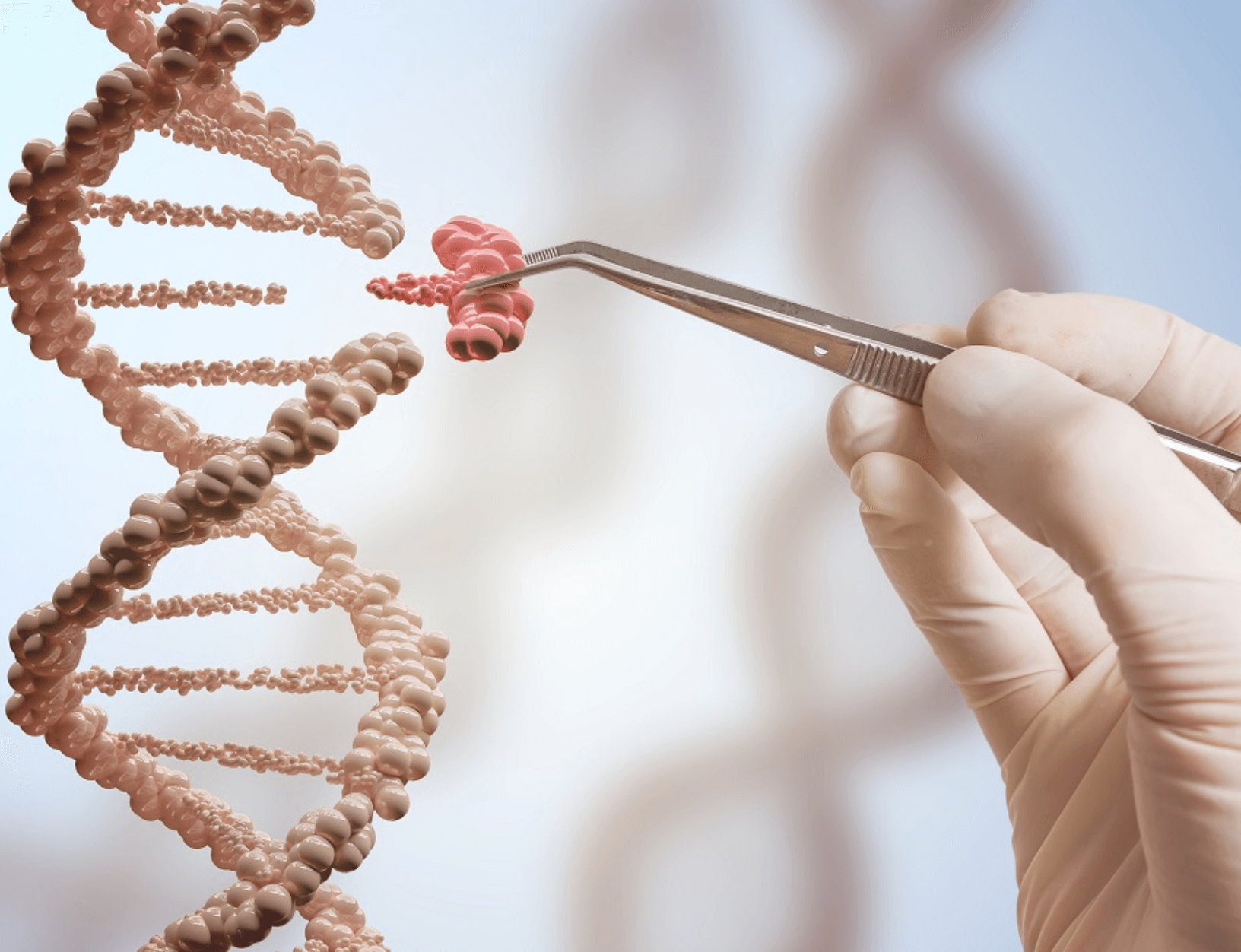CRISPR-Cas Systems: A Powerful Tool For Whole Gene Insertion

Table of Contents
Understanding the CRISPR-Cas Mechanism for Whole Gene Insertion
The CRISPR-Cas system is a revolutionary gene editing tool derived from a bacterial defense mechanism. It relies on a programmable RNA molecule, the guide RNA (gRNA), to direct a Cas enzyme (commonly Cas9) to a specific DNA target sequence. This targeted DNA is then cleaved, creating a double-strand break (DSB). The cell's natural DNA repair mechanisms are then harnessed to introduce the desired genetic modification. For whole gene insertion, the homology-directed repair (HDR) pathway is crucial. HDR uses a provided DNA template, containing the gene to be inserted, as a blueprint to repair the DSB. This process seamlessly integrates the whole gene into the genome at the targeted location. Key components include:
- Cas enzyme: The molecular scissor that cuts the DNA. CRISPR-Cas9 is the most widely used, but other variants like Cas12a and Cas13 offer unique advantages.
- Guide RNA (gRNA): A short RNA molecule designed to bind to the target DNA sequence, guiding the Cas enzyme to the precise location.
- Donor DNA template: The DNA molecule containing the whole gene to be inserted, flanked by sequences homologous to the target site to facilitate HDR.
The efficiency of whole gene insertion is highly dependent on the precise targeting of the Cas enzyme and the effectiveness of HDR. Successful gene targeting requires careful gRNA design and optimization of the HDR pathway. Factors such as the choice of Cas enzyme, the length and sequence of the homology arms in the donor DNA, and the cellular environment all influence the outcome.
Optimizing gRNA Design for Efficient Whole Gene Insertion
The efficacy of CRISPR-Cas systems hinges significantly on the design of the gRNA. Effective gRNAs must possess high on-target specificity to ensure precise gene editing while minimizing off-target effects – unintended cuts at other locations in the genome. Several factors influence gRNA efficiency:
- On-target specificity: The gRNA must bind precisely to the intended target sequence.
- Off-target effects: Minimizing the possibility of the gRNA binding to unintended sequences is crucial to prevent unwanted genetic alterations.
Computational tools and algorithms are now available to aid in the design of optimal gRNAs, predicting their on-target activity and potential off-target effects. Best practices for gRNA design include:
- Using online tools to evaluate potential gRNA sequences for on-target activity and off-target potential.
- Selecting gRNAs with high on-target scores and minimal off-target scores.
- Designing multiple gRNAs targeting different sites within the target gene to improve insertion efficiency.
- Utilizing strategies to reduce off-target effects, such as using truncated gRNAs or Cas enzyme variants with improved specificity.
Delivery Methods for CRISPR-Cas Components for Whole Gene Insertion
Efficient delivery of the CRISPR-Cas components (Cas enzyme, gRNA, and donor DNA) to the target cells or tissues is crucial for successful whole gene insertion. Several delivery methods exist, each with its own advantages and disadvantages:
- Viral vectors: These modified viruses deliver the genetic cargo into cells with high efficiency. Commonly used vectors include adeno-associated viruses (AAV) and lentiviruses. AAV vectors are often preferred for their low immunogenicity, while lentiviruses can efficiently transduce dividing and non-dividing cells.
- Non-viral methods: These methods avoid the use of viruses and include lipid nanoparticles (LNPs) and electroporation. LNPs encapsulate the CRISPR-Cas components and deliver them into cells through endocytosis. Electroporation uses electrical pulses to create transient pores in the cell membrane, allowing the CRISPR-Cas components to enter.
The choice of delivery method significantly impacts the efficiency and safety of whole gene insertion.
Choosing the Right Delivery System for Your Application
Selecting the appropriate delivery system depends on various factors:
- Target cell type: Some delivery methods are more effective for specific cell types.
- Gene size: Larger genes may require different delivery strategies compared to smaller genes.
- Efficiency requirements: The desired level of gene insertion efficiency will influence the choice of delivery method.
For example, AAV vectors are well-suited for delivering CRISPR-Cas components to non-dividing cells, such as neurons, while lentiviruses are more effective for dividing cells. LNPs offer a promising non-viral alternative, particularly for delivering CRISPR-Cas components to a variety of cell types.
Applications of CRISPR-Cas Systems for Whole Gene Insertion
The ability to precisely insert whole genes opens doors to a wide range of applications:
- Gene therapy for genetic disorders: CRISPR-Cas systems for whole gene insertion hold immense promise for correcting genetic defects responsible for various inherited diseases. Replacing mutated genes with functional copies could potentially cure these conditions.
- Crop improvement: Introducing desirable genes into crop plants can enhance their yield, nutritional value, and resistance to pests and diseases.
- Synthetic biology: CRISPR-Cas systems facilitate the creation of novel biological systems and circuits with customized functions. This is useful for developing new biofuels, biomaterials, and therapeutic molecules.
Case Studies in Whole Gene Insertion with CRISPR-Cas
Several successful case studies demonstrate the power of CRISPR-Cas for whole gene insertion:
- Example 1: Researchers have successfully used CRISPR-Cas9 to correct a genetic defect causing a specific disease in animal models by inserting a functional copy of the gene. (Citation needed)
- Example 2: CRISPR-Cas has been used to insert genes conferring herbicide resistance into crops, improving their resilience in agricultural settings. (Citation needed)
- Example 3: Researchers have used CRISPR-Cas9 to successfully insert synthetic metabolic pathways into microorganisms, enabling the production of valuable compounds. (Citation needed)
Challenges and Future Directions in Whole Gene Insertion with CRISPR-Cas
Despite its significant advantages, CRISPR-Cas technology for whole gene insertion still faces several challenges:
- Off-target effects: Minimizing unintended genomic alterations remains a critical challenge.
- Delivery challenges: Efficient and targeted delivery of the CRISPR-Cas components to specific cells or tissues can be difficult.
- Immune responses: The delivery system or the Cas enzyme itself can trigger immune responses, limiting the efficacy and safety of the treatment.
Ongoing research focuses on improving the specificity and efficiency of CRISPR-Cas systems, developing novel delivery methods, and addressing potential immune responses. Future advancements, including base editing and prime editing, offer improved precision and reduced off-target effects. Advanced delivery technologies, such as targeted nanoparticles and improved viral vectors, are also being developed.
Conclusion: Harnessing the Power of CRISPR-Cas for Whole Gene Insertion
CRISPR-Cas systems offer a powerful and precise tool for whole gene insertion, exhibiting advantages in terms of efficiency, precision, and broad applicability across diverse fields. The ability to accurately insert entire genes opens up exciting possibilities in gene therapy, agricultural biotechnology, and synthetic biology. While challenges remain, ongoing research is paving the way for improved efficiency, specificity, and safer delivery methods. Learn more about how CRISPR-Cas systems for whole gene insertion can revolutionize your research and explore the potential of this transformative technology in your field today!

Featured Posts
-
 Servicio Militar De Bts Expectativas Para Su Regreso A La Musica
May 30, 2025
Servicio Militar De Bts Expectativas Para Su Regreso A La Musica
May 30, 2025 -
 Indiana Measles Outbreak Ends But Us Case Count At 1 046
May 30, 2025
Indiana Measles Outbreak Ends But Us Case Count At 1 046
May 30, 2025 -
 Ultimas Noticias Sobre La Caida De Ticketmaster El 8 De Abril Grupo Milenio
May 30, 2025
Ultimas Noticias Sobre La Caida De Ticketmaster El 8 De Abril Grupo Milenio
May 30, 2025 -
 Z Cars Exploring The Classic British Police Drama On Talking Pictures Tv
May 30, 2025
Z Cars Exploring The Classic British Police Drama On Talking Pictures Tv
May 30, 2025 -
 Revolutionizing Gene Repair A Novel Crispr Modification For Improved Accuracy
May 30, 2025
Revolutionizing Gene Repair A Novel Crispr Modification For Improved Accuracy
May 30, 2025
Latest Posts
-
 Trump And Musks Oval Office Meeting A Press Conference Preview
May 31, 2025
Trump And Musks Oval Office Meeting A Press Conference Preview
May 31, 2025 -
 Elon Musk And Donald Trump An Awkward Saudi Moment
May 31, 2025
Elon Musk And Donald Trump An Awkward Saudi Moment
May 31, 2025 -
 Discover The Best Summer Arts And Entertainment A Locals Guide
May 31, 2025
Discover The Best Summer Arts And Entertainment A Locals Guide
May 31, 2025 -
 Bmw Open 2025 Quarter Finals Zverev Vs Griekspoor A Munich Highlight
May 31, 2025
Bmw Open 2025 Quarter Finals Zverev Vs Griekspoor A Munich Highlight
May 31, 2025 -
 May Day In Kingston Images From A Robust Rally Daily Freeman
May 31, 2025
May Day In Kingston Images From A Robust Rally Daily Freeman
May 31, 2025
